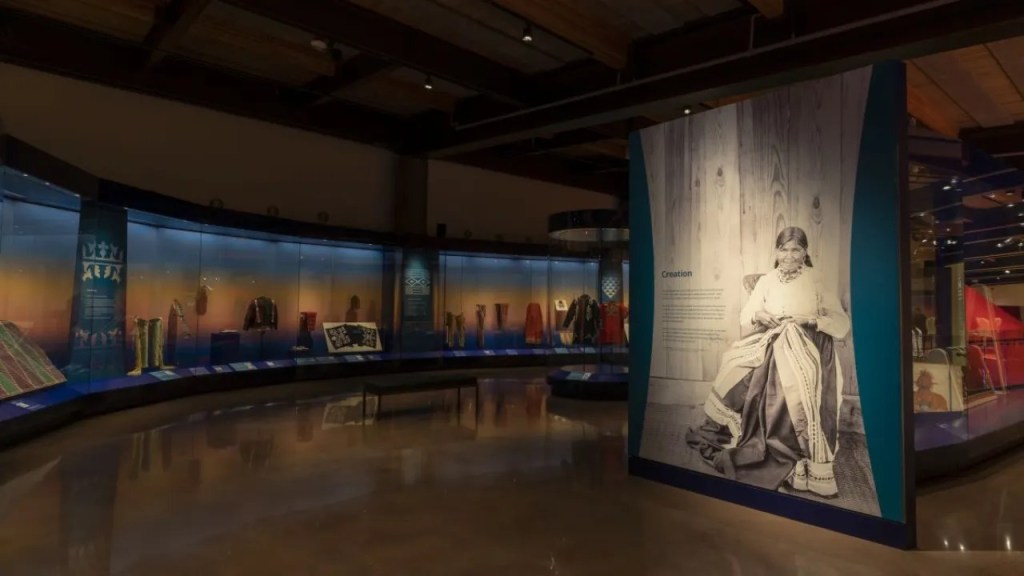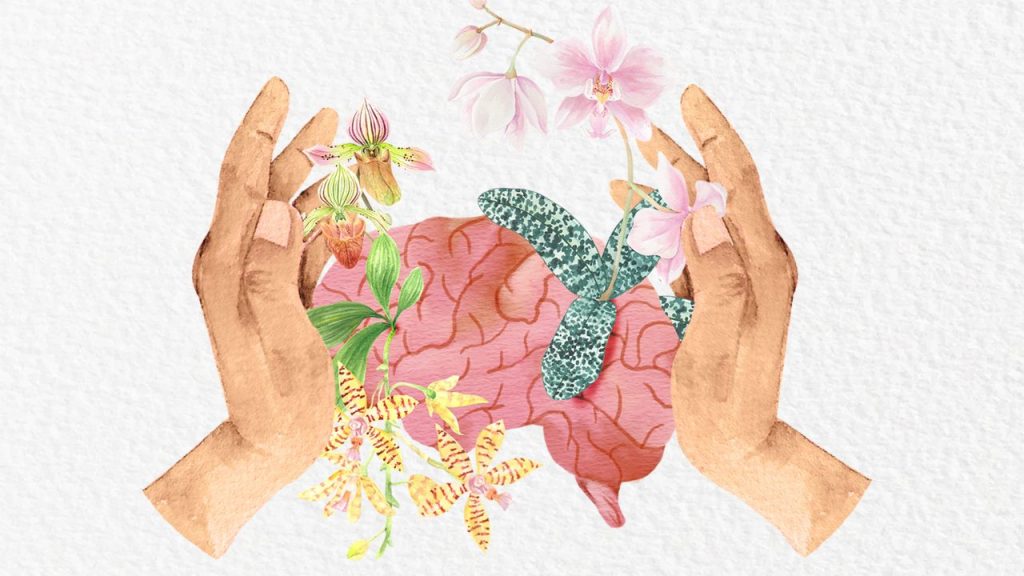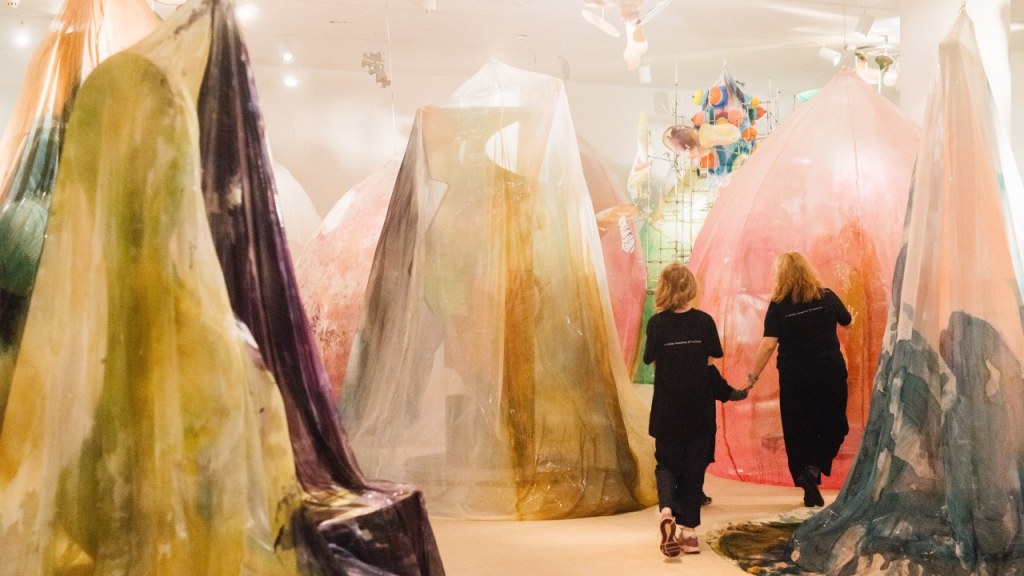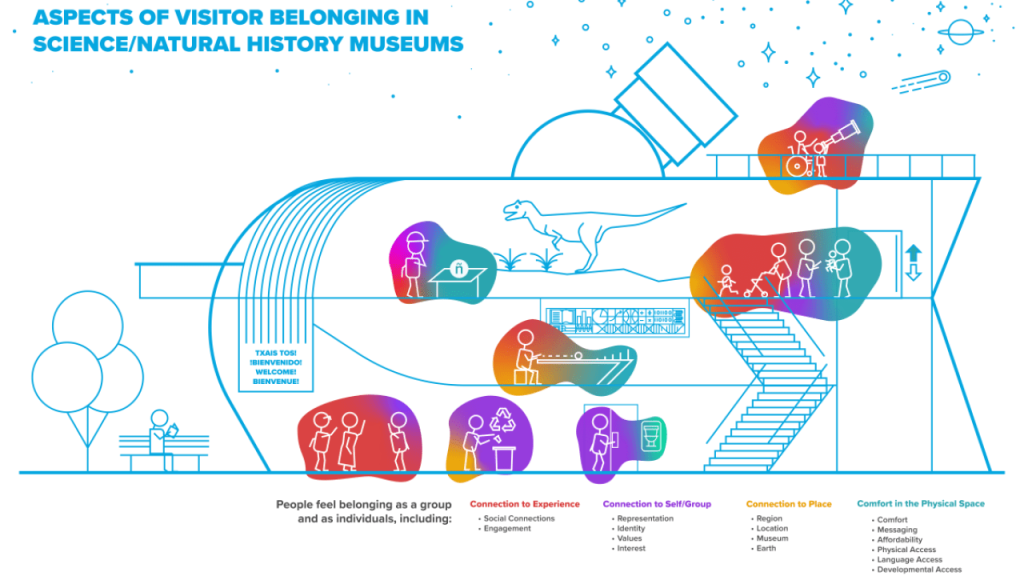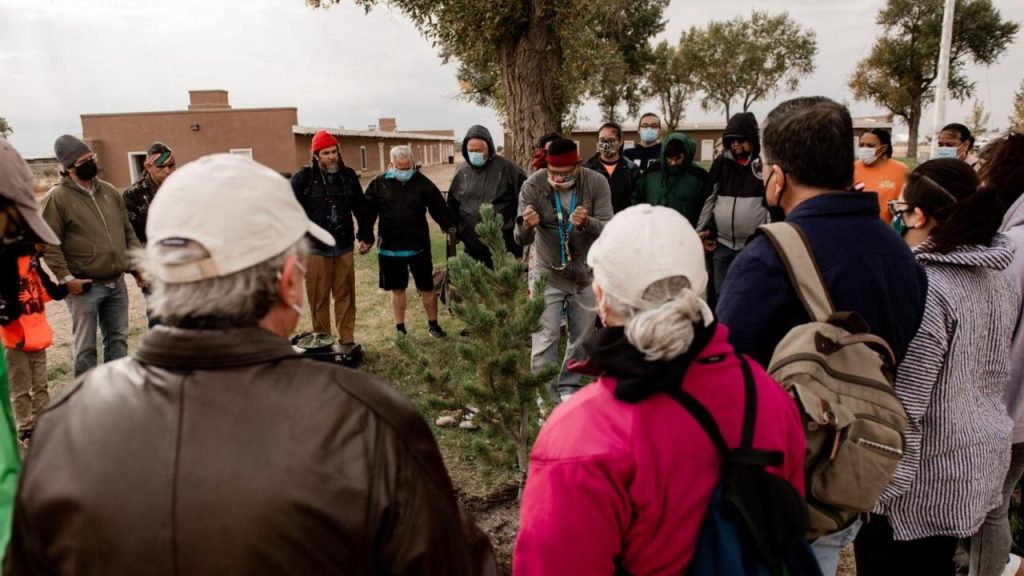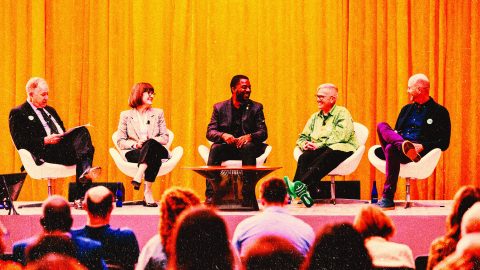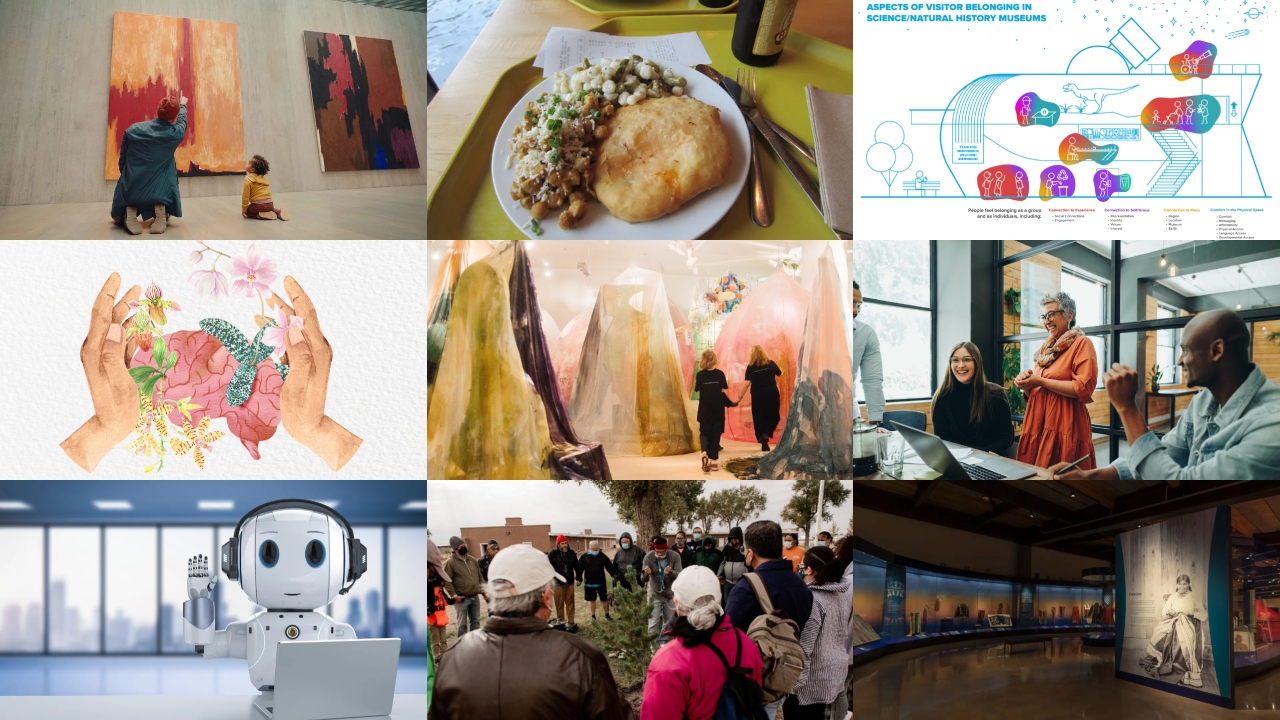
2023 was a year of deep reflection for museums, both inward and outward. Facing continued disruptions from the long tail of the pandemic—especially to staffing, attendance, and finances—the field examined its inherited structures and practices and asked whether it was time to overhaul some of them, for the sake of creating healthier organizations that serve staff and communities better. At the same time, museum people had a renewed outward focus on exhibitions and programs, asking how they can create positive experiences for diverse visitors that make them feel they belong. The most-read posts on the Alliance Blog this year reflect these two threads, with an equal measure of emphasis on organizational challenges, like employee mental health, and external impact, like inclusive exhibition design. Here were the ten posts that resonated the most with readers:
1. Resisting the Colonial Imagination: The Role of Exhibition Design in the Decolonial Project
By Adrienne Lalli Hills & Margaret Middleton
For Indigenous museum visitors, long-prevalent display methods like “wonder cabinets” and “white cubes” can be an alienating way to encounter their cultural heritage. This article, which originally appeared in the Fall 2023 issue of Exhibition journal, shares how some exhibition designers are working to overturn these colonially rooted formats in favor of ones that prioritize the preferences and expressions of source communities.
2. “Wait, What? Toddlers in an Art Museum?”
By Nicole Cromartie & Bailey Placzek
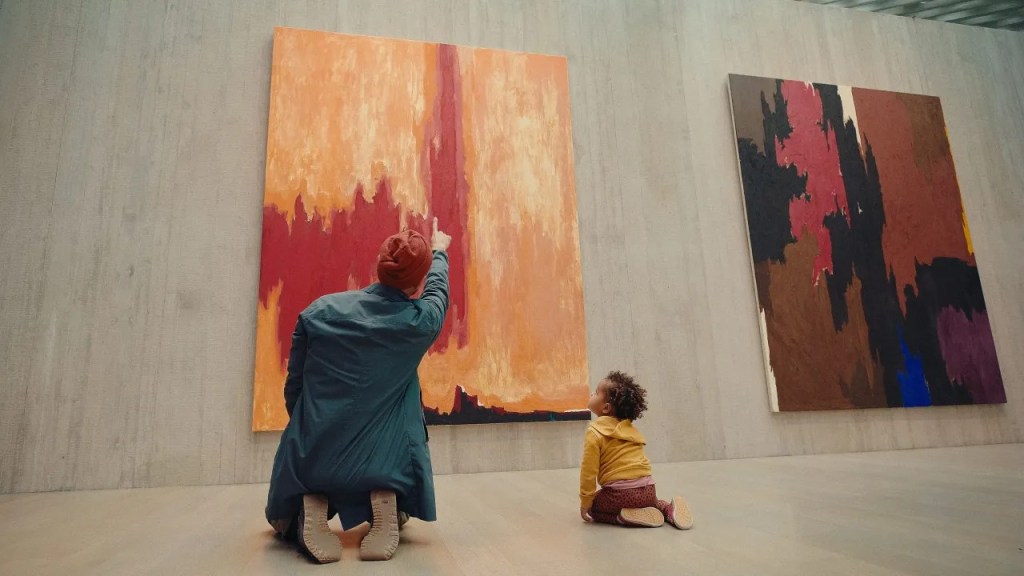 As the Clyfford Still Museum kicked off a long-term initiative to become more welcoming to young children and their families, staff came up with an unusual idea. What if, instead of just designing experiences for children, they worked with them as co-curators? And so began the planning for Clyfford Still, Art, and the Young Mind, an exhibition for which more than 250 children selected objects, weighed in on design, contributed in-gallery interpretation, and even led tours.
As the Clyfford Still Museum kicked off a long-term initiative to become more welcoming to young children and their families, staff came up with an unusual idea. What if, instead of just designing experiences for children, they worked with them as co-curators? And so began the planning for Clyfford Still, Art, and the Young Mind, an exhibition for which more than 250 children selected objects, weighed in on design, contributed in-gallery interpretation, and even led tours.
3. Chatting About Museums with ChatGPT
By Elizabeth Merritt
While generative artificial intelligence has been brewing for years, it came onto many more people’s radar this year, thanks in large part to an uncanny new chatbot called ChatGPT. In this post, the Founding Director of the Center for the Future of Museums gives the tech a try, asking it to weigh in on some of the dilemmas that face museums today.
4. The Best Museum Cafés and Restaurants, According to Museum People
By Joseph O’Neill
Our crowdsourced series of reader polls on some of the best museum features and amenities, which previously celebrated the field’s outstanding bathrooms and stores, turned its attention to the culinary arts this year. The eleven most-mentioned dining outposts included a regional sampler of Native American foods, a recreation of a fin de siècle Viennese café, and an operational historic 1940s diner.
5. 3 Trauma-Informed Practices for Museums to Follow
By Jackie Armstrong
For one museum employee, who supports audience experiences at the Museum of Modern Art, the pandemic was a wake-up call about the role that our nervous systems play in daily life, and how unsettling experiences can permeate throughout our professional and personal lives. In this post, she offers a primer on what she’s learned from research on trauma, and offers three general trauma-informed practices museums can embrace to support staff, visitors, and community members in their mental health.
6. A Short Rant About Quiet Quitting (or, Why Heroism Can Be Toxic)
By Elizabeth Merritt
The pandemic has transformed workplace culture, bringing with it new archetypes of behavior, like the much-publicized phenomenon of “quiet quitting.” But is this hot-button term unfairly conflating doing the bare minimum at work with setting healthy boundaries, especially in high-pressure mission-driven environments like museums? This essay argues that we should normalize staff giving less than “200 percent,” especially if it protects them against burnout down the road.
7. How Emotional Intelligence Can Create Happier and Healthier Museums
By Jennifer DePrizio
Museum cultures are built on celebrating expertise and ingenuity, but often at the expense of good working relationships and collaborative skills. Here’s why one veteran of the field argues we should invert this paradigm, placing emotional intelligence at the center of our priorities and refusing to tolerate bad behavior.
8. Different by Design: A New, Inclusive Framework for Accessible Museum Exhibitions
By Sarah Schleuning
At the Dallas Museum of Art, a recent exhibition explored how multisensory engagement—beyond the standard museum behaviors of looking at objects and reading labels—can better serve visitors, particularly those with disabilities. Here’s what visitor research into the exhibition revealed about the strategies that work to engage more learning styles, including de-escalation spaces, non-text-based interpretation, and staff training.
9. Moments That Matter: Toward a Visitor-Centered Understanding of Belonging in Museum Spaces
By Evelyn Ronning, Sarah Lukowski, Amy Grack Nelson, and Marjorie Bequette
In recent years, museums have begun to emphasize “belonging,” seeking to create comfortable, inclusive experiences for visitors from marginalized identities. But what aspects of a visit contribute to belonging, and how can we design for it? To find out, four museums recruited visitors for a photo-based research study on their experiences. Read about their findings in this article from the Fall 2023 issue of Exhibition journal.
10. The Messy and Vulnerable Truth about Trust and Museums
By Dawn DiPrince
Public trust in museums appears to be growing, but is this for deeper reasons than being reliable sources of information? The Executive Director of History Colorado thinks so. Here’s why she believes an increase in receptive community partnerships is behind the phenomenon, and how her museums are embracing the charge.

